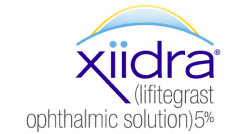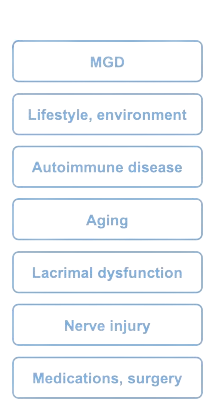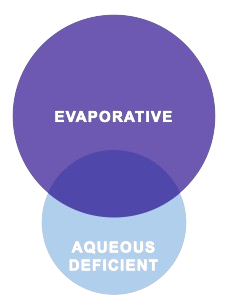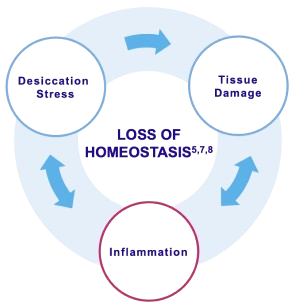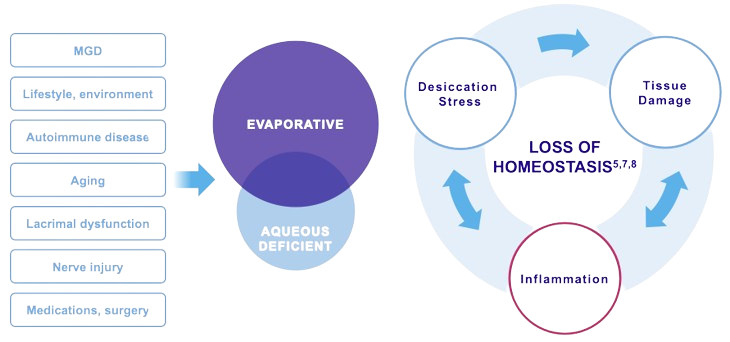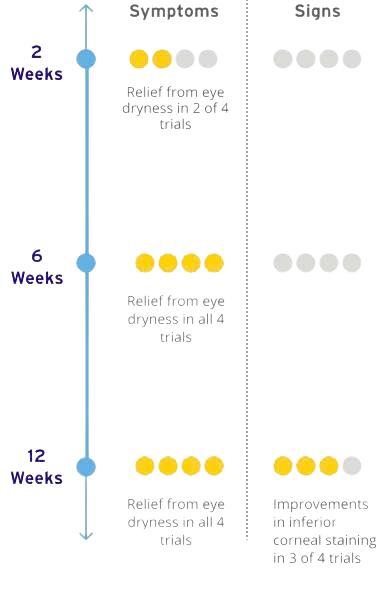References:
1. XIIDRA. Prescribing information. Bausch & Lomb, Inc. 2. Paulsen AJ, Cruickshanks KJ, Fischer ME, et al. Dry eye in the Beaver Dam Offspring Study: prevalence, risk factors, and health-related quality of life. Am J Ophthalmol. 2014;157:799-806. 3. US population by age and gender, 2020. 4. Modern technology and a multi-screen lifestyle viewed as important factors in rising prevalence of dry eye disease. News release. PR Newswire; October 17, 2016. Accessed June 18, 2024. https://www.multivu.com/players/English/7893551-shire-dry-eye-disease-awareness/#:~:text=Shire%20plc%20(LSE%3A%20SHP%2C,eye%20disease%2C%20and%20that%20the 5. Bron AJ, de Paiva CS, Chauhan SK, et al. TFOS DEWS II pathophysiology report. Ocul Surf. 2017;15(3):438-510. 6. Galor A, Britten-Jones AC, Feng Y, et al. TFOS lifestyle: impact of lifestyle challenges on the ocular surface. Ocul Surf. 2023;28:262-303. 7. Pflugfelder SC, de Paiva CS. The pathophysiology of dry eye disease: what we know and future directions for research. Ophthalmology. 2017;124(11S):S4-S13. 8. Zhang R, Pandzic E, Park M, Wakefield D, di Girolamo N. Inducing dry eye disease using a custom engineered desiccation system: impact on the ocular surface including keratin-14-positive limbal epithelial stem cells. Ocul Surf. 2021;21:145-159. 9. Sambursky R. Presence or absence of ocular surface inflammation directs clinical and therapeutic management of dry eye. Clin Ophthalmol. 2016;10:2337-2343. 10. Donnenfeld ED, Karpeck PM, Majmuder PA, et al. Safety of lifitegrast ophthalmic solution 5.0% in patients with dry eye disease: a 1-year, multicenter, randomized, placebo-controlled study. Cornea. 2016;35(6):741-748. 11. Nichols KK, Donnenfeld ED, Karpecki PM, et al. Safety and tolerability of lifitegrast ophthalmic solution 5.0%: pooled analysis of five randomized controlled trials in dry eye disease. Eur J Ophthal. 2019;29(4):394-401.
